Josiah Wedgwood’s Etruria
Article about Josiah Wedgwood, canal builder as well as potter, part of the the industrious revolution leading to the industrial revolution. An Antipodean travel company serving World Travellers since 1983 with small group educational tours for senior couples and mature solo travellers.
13 May 22 · 7 mins read
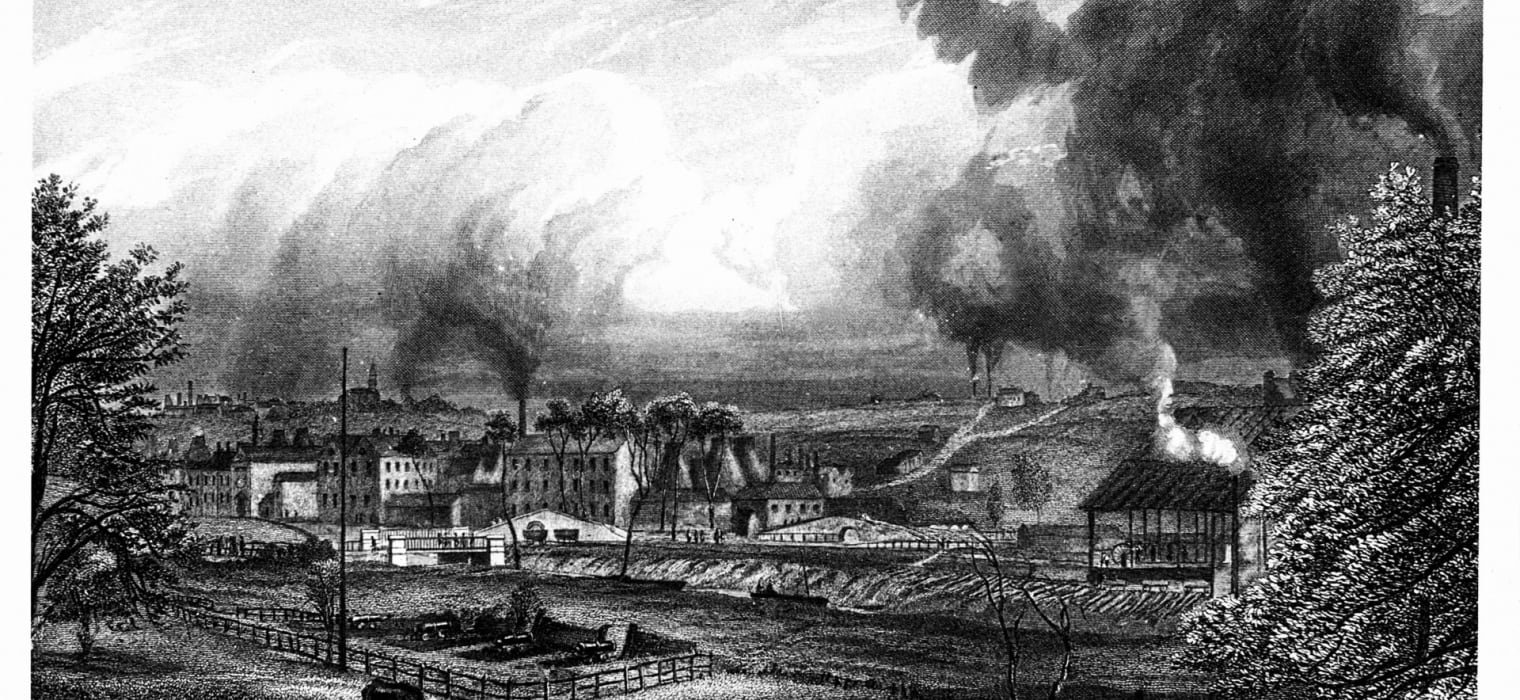
Wedgwood Etruria England
The English entrepreneur and most significant potter of the 18th century, Mr Josiah Wedgwood, is famous for embracing Etruscan heritage in his designs. Urns, cameos, and vases all emerged from his kilns to be decorated with reclining figures, mythological characters, and classical garlands evoking the art of the Etruscan civilisation. Wedgwood believed he was not merely imitating ancient artworks but was intelligently updating the classical aesthetic, improving the antiques for the modern age.
To do so, in partnership with Thomas Bentley, Wedgwood opened a purpose built factory in 1769 named the Etruria Works after the Greco-Roman origins of the designs that influenced him. From here, he would make a fortune capitalising on the neoclassical fashion of the time, manufacturing vases modelled on Greek and Etruscan originals, and other Wedgwood pottery decorated with classical scenes.
In addition to the factory, Wedgwood’s Etruria included a village, home, and landscape – all built on 265 acres of land formerly known as the Ridge House estate. Acquired in 1976 for $3,000 pounds, in the course of a few years Wedgwood had converted the formerly barren estate into a model industrial community. From here, in the process of manufacturing his new Wedgwood pieces, he would seek to reimagine a lost epoch for the industrial age.
This article explores Wedgwood’s Etruria as background reading for Odyssey Traveller’s tours to Britain. British history in the age of neoclassicism (the 18th and 19th centuries) is explored on our tour focused on Victorian Britain, as well as our Agrarian and Industrial Britain Tour and our Canals and Railways in the Industrial Revolution Tour. Just click the links to see the full itinerary and sign up! Much of the information found in this article is drawn from Tristram Hunt’s The Radical Potter, as well as sources linked to throughout.

Etruria Works
Wedgwood’s first requirement for the site was a new factory to meet the demands of a ‘vase madness’ sweeping over England. The construction of the so-called Etruria Works began in 1768. Here basalt bodies for Etruscan pottery would be moulded and fired before being sent down to London for decoration.
The new factory opened on June 13th, 1769, stretching some 150 yards along the edge of the Trent & Mersey canal. The use of the canal was vital for exporting the finished goods, as the rough and bumpy roads of the day were too slow and risked easily damaging the fragile pottery. Only canals could export Wedgwood’s pottery over large distances and in a quick and economical fashion, massively reducing carriage costs to increase profits.
The front of the Etruria Works faced the canal. This was an unusual but adopted so that important visitors received at Etruria Hall on the other side of the canal would have a view of the factory. When looking at the factory, the visitors would see a symmetrical composition, with a three-story central range and two lower wings on either side. At each end of the main façade were ornamental domed buildings based on the façade at Shugborough Hall in Staffordshire, England. [Kevin Howard Salt].
The central piazza of the works involved a hollow square design, with the countering house on one side and workshops on the other two sides, and several kilns in the courtyard. Later, sprawling across the factory’s seven-acre site, came further walled courtyards and kilns as demand for Wedgwood & Bentley’s wares intensified.
The overring commercial purpose of Etruria was to increase vase production and prioritize the new, more expensive line of decorative, ‘ornamental’ ware. This was distinct from the ‘useful’ ware of dinner services, cups and saucers still made at Wedgwood’s old works in the nearby town of Bursley.
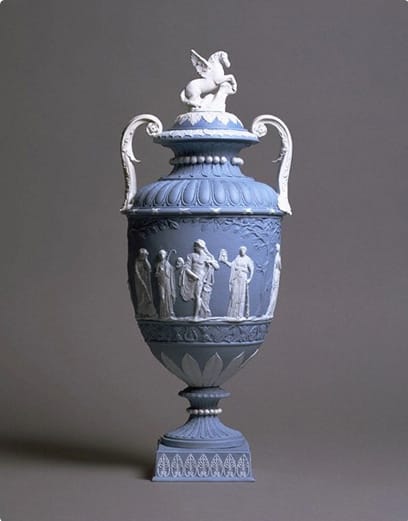
Wedgwood was determined to ensure the Etruria factory would rationalize and streamline vase manufacturing as part of his plan for the long-term liquidity of his partnership with Thomas Bentley. The factory’s role was to keep Bentley’s decorators well supplied, particularly during the London summer season when demand was high.
Capitalising on the growing public taste for the neoclassical style in the decorative arts, the factory manufactured vases modelled on Greek and Etruscan originals, and other pottery to be decorated with classical scenes. Indeed, the Wedgwood company would be one of the most important makers of Neoclassical ceramics in the 18th and 19th centuries in Britain.
Wedgwood production eventually ceased at Etruria in 1940, when the earthenware department was moved to a new factory at Barlaston. By the mid-1960s, the last of the factory buildings had been demolished. [The Potteries]
The Workers’ Village
Wedgwood’s ambition, from its original conception, was to build a workers’ village alongside the factory. As the factory was set in a rural location, this was to be ‘a Town for the men to live in’, as Wedgwood put it, which could accommodate some 300 employees.
As there was a general shortage of housing elsewhere in England, the provision of accommodation would help to draw workers with the necessary skills to work at the Etruria factory. It would also provide the manufactures a means of social control beyond the factory premises, as employees who misbehaved outside working hours could be threatened with eviction. [Kevin Howard Salt]
The village was developed as a simple linear settlement on the land below the factory, on the turnpike road between the canal bridge and Fowlea Brook. The initial wave of development completed in the early months of 1770 consisted of 76 well-lit houses. By the mid-1820s, there were 126 houses in the village.
Each housed had a living room and kitchen scullery on the ground floor and a further two bedrooms upstairs. The sole fireplace was to be found in the living room, the room accordingly becoming the focal point of family life, central to cooking, eating, and entertaining. The considerably smaller kitchen scullery housed a dog-legged staircase to access the bedrooms above.
The facades of the houses did not contain any architectural ornamentation. Rather, they had plain board doors and brick inlets and sills for the casement windows. Most of the dwellings were accessible directly from the street, but each had its own separate, long yard and garden at the rear. Some of the later dwellings also had small front gardens. [The Potteries]
The houses simple design was partly due to the fact that they were not intended to accommodate all classes of the workforce. Upper and middle management employees lived instead in the surrounding towns and villages and so there was no need for carefully segregated and different sized houses in Etruria. Nevertheless, the houses were all a marked improvement on existing potteries’ tenancies, which had thatched roofs and communal yards with shared privies and ash pits.
As well as the houses, the village also contained communal bakehouses, ovens, pump rooms, a blacksmiths’ shops, an Inn, and even a bowling green to help the Wedgwood workers build up a collective sensibility. Attached to the Etruria Inn was also a substantial amount of farmland.
Etruria Hall
Josiah Wedgwood also wanted a new home at Etruria to reflect his status. As the architect for his new home, he chose Joseph Pickford of Derby. Pickford had worked throughout the Midlands designing and improving the country houses in the Palladian style, from Sandon Halll north-east of Stafford to Ashford Hall in the Derbyshire Dale.
Pickford’s design was a classic example of 18th century gentry architecture built in the neo-classical style – a square three-storied, redbrick house with stone dressings and three central windows surmounted by a pediment. It comprised of 34 rooms, as well as dry cellars, coach houses and servants’ quarters. Two wings flanking the Hall were added in the 1780s, including a billiard room, schoolroom, bedchambers for Wedgwood’s children, a bedchamber for Alexander Chisholm (Wedgwood’s assistant), as well as a new drawing room measuring 30ft by 20ft.
Etruria Hall was built on rising ground, across the canal from the factory, screened by newly planted woodland. Visible from the other side of the valley, it served as an expression of the wealth and social standing of its owner.
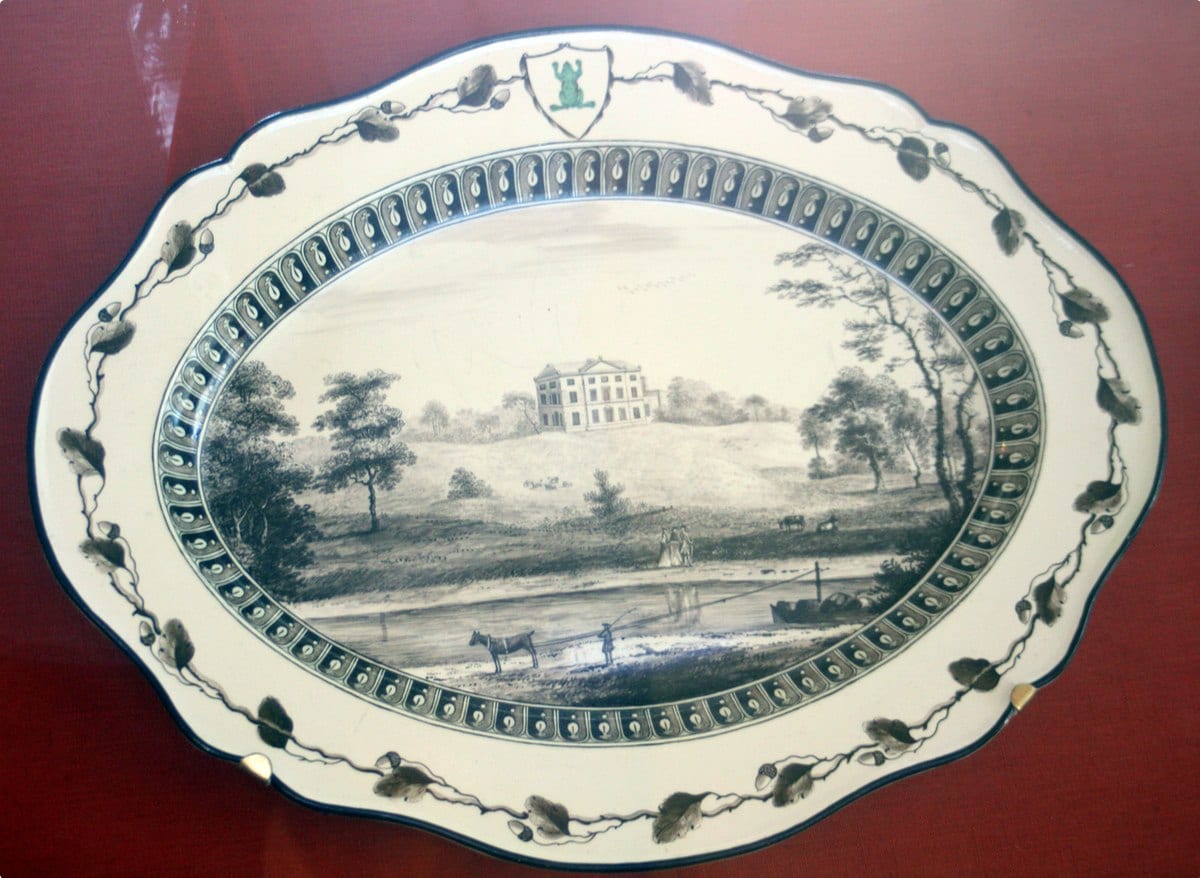
Like any 18th century seat, the house needed to sit within a set of formal gardens and natural vistas. Under the guidance of William Emes, a well-known Midlands landscape designer. Wedgwood planted bulbs and shrubs and had 900 beech, chestnut, oak and lime trees brought up from the Brompton nursery in London to be placed around the house. Existing moorland streams and rivulets, meanwhile, were landscaped to create ornamental lakes and pools. These provided excellent fishing venues for Wedgwood’s sons, as well ideal ice-skating spots during harsh winters.
The Wedgwood family moved into the Hall upon its completion in 1771. While it was under construction (from 1769), they lived in the empty ‘Bank House’. Occasionally referred to as ‘Little Etruria’, it was built near the Hall to accommodate Thomas Bentley. However, despite Wedgwood’s repeated invitation, the metropolitan Bentley never relocated to the rural location, preferring to remain in Liverpool. After the Wedgwood family moved out, Bank House would remain largely unoccupied, falling into disrepair before being taken down in the 1820s. [Kevin Howard Salt]
Etruria Hall was sold by the Wedgwoods in the 19th century and is now part of a hotel.

Tour of Britain
Odyssey Traveller offers several small group tours to Britain for mature and senior travellers interested in learning more about Josiah Wedgwood and Industrial Britain.
Key tours include:
- Queen Victoria’s Great Britain Tour (21 days)
- Agrarian and Industrial Britain Tour (23 days)
- Canals and Railways in the Industrial Revolution Tour (23 days)
We also have several other tours exploring the sights and history of the British Isles.
Odyssey Traveller has been serving global travellers since 1983 with educational tours of the history, culture, and architecture of our destinations designed for mature and senior travellers. We specialise in offering small group tours partnering with a local tour guide at each destination to provide a relaxed and comfortable pace and atmosphere that sets us apart from larger tour groups. Tours consist of small groups of between 6 and 12 people and are cost inclusive of all entrances, tipping and majority of meals. For more information, click here, and head to this page to make a booking.
Articles about Britain published by Odyssey Traveller.
- The London Underground
- Victorian Women’s Fashion
- Queen Victoria’s Britain, Part 1 and Part 2
- Understanding British Churches
- Studying Gargoyles and grotesques
- Georgian Architecture
- London’s Victorian Architecture
- The Industrious Revolution in Britain
For all the articles Odyssey Traveller has published for mature aged and senior travellers, click through on this link.
External articles to assist you on your visit to Britain.
- National Parks UK
- William the Conqueror (History.com)
- Queen Victoria
- The Royal Parks of London
- The Royal Mausoleum
Related Tours
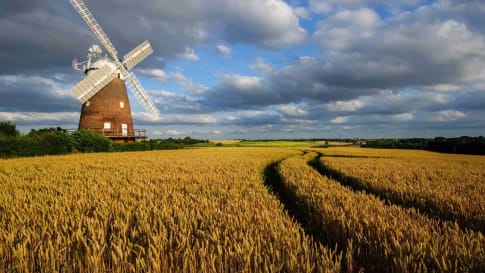
23 days
AprAgrarian and Industrial Britain | Small Group Tour for Mature Travellers
Visiting England, Wales
A small group tour of England that will explore the history of Agrarian and Industrial period. An escorted tour with a tour director and knowledgeable local guides take you on a 22 day trip to key places such as London, Bristol, Oxford & York, where the history was made.
From A$17,275 AUD
View Tour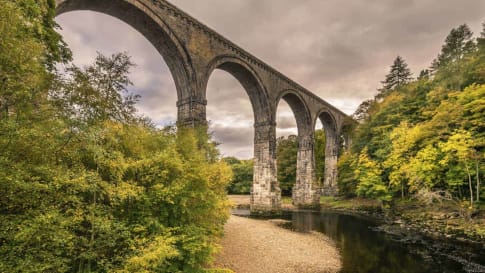
23 days
Oct, Apr, SepCanals and Railways in the Industrial Revolution Tour | Tours for Seniors in Britain
Visiting England, Scotland
A small group tour of Wales, Scotland & England that traces the history of the journey that is the Industrial revolution. Knowledgeable local guides and your tour leader share their history with you on this escorted tour including Glasgow, London, New Lanark & Manchester, Liverpool and the Lake district.
From A$17,860 AUD
View Tour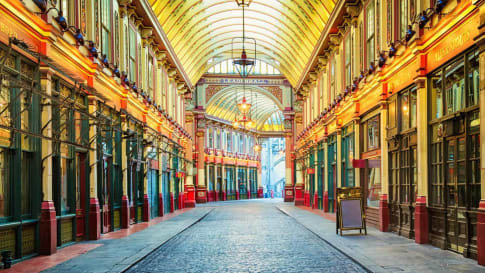
21 days
Sep, JunQueen Victoria's Great Britain: a small group tour
Visiting England, Scotland
A small group tour of England that explores the history of Victorian Britain. This escorted tour spends time knowledgeable local guides with travellers in key destinations in England and Scotland that shaped the British isles in this period including a collection of UNESCO world heritage locations.
From A$15,880 AUD
View Tour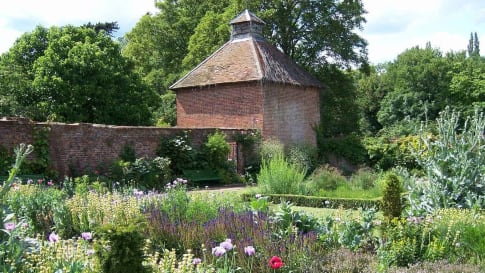
16 days
JunBritish Gardens Small Group Tour including Chatsworth RHS show
Visiting England, Scotland
From A$16,895 AUD
View Tour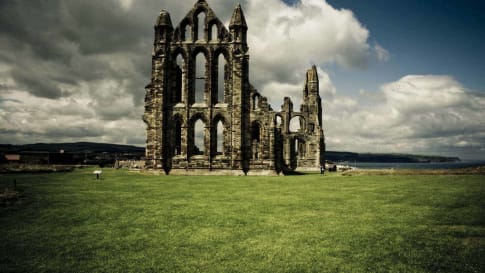
22 days
Sep, JunRural Britain | Walking Small Group Tour
Visiting England, Scotland
A walking tour into England, Scotland and Wales provides small group journeys with breathtaking scenery to destinations such as Snowdonia national park , the UNESCO world heritage site Hadrians wall and the lake district. each day tour provides authentic experiences often off the beaten path from our local guides.
From A$15,880 AUD
View Tour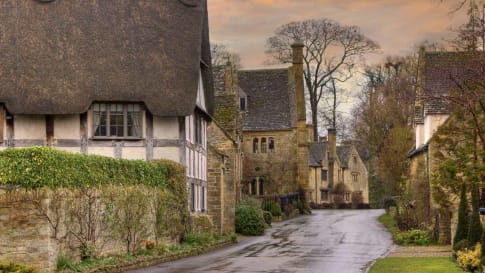
19 days
Jun, SepEngland’s villages small group history tours for mature travellers
Visiting England
Guided tour of the villages of England. The tour leader manages local guides to share their knowledge to give an authentic experience across England. This trip includes the UNESCO World heritage site of Avebury as well as villages in Cornwall, Devon, Dartmoor the border of Wales and the Cotswolds.
From A$16,995 AUD
View TourRelated Articles
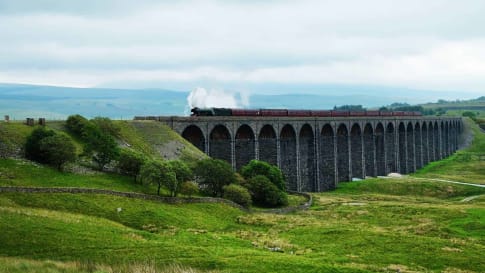
15 books on Britain's Industrial Revolution
Fifteen books on Britain’s Industrial revolution This reading list on Britain’s Industrial revolution complements Odyssey Travellers escorted small group tour that traces via the canal and railway network, the evolution of this monumental change in…
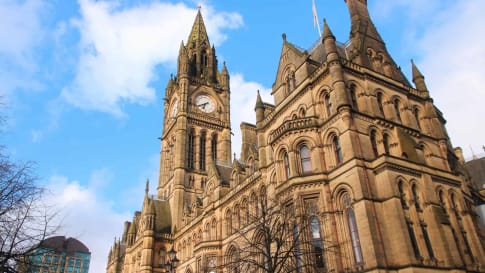
Bees in Manchester: a surprising symbol of the Industrial Revolution
Bees in Manchester: a surprising symbol of the Industrial Revolution The bee is an intriguing symbol for the city of Manchester. The city’s damp climate provided the ideal conditions for milling cotton. But this is…
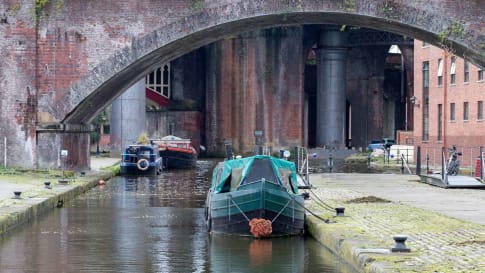
Britain: First Industrial Nation
Britain: The First Industrial Nation In the mid-18th century, the Industrial Revolution was largely confined to Britain. Historians and economists continue to debate what it was that sparked the urbanisation and industrialisation that would change…

Canals and the Industrial Revolution, UK
An Antipodean travel company serving World Travellers since 1983 with small group educational tours for senior couples and mature solo travellers. This article for travllers provides an introduction to the birth of Englands canal network at the start of the industrious and then the Industrial revolutions.
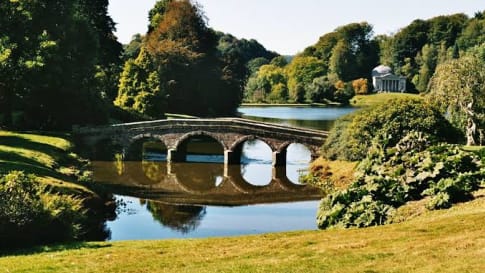
Capability Brown: The English Garden Genius
Article for senior couples and mature solo travellers interested in gardens and design in England and Europe with small group tours of interest.. Brown is regarded as a genius.
England's Liverpool: Port City, Architecture Marvel
Article for educational small group tours about the Port City of Liverpool. An Architecture Marvel from Georgian times, built on trade, some good, some horrific. Read and learn more before joining a tour for senior couples and mature solo travellers interested in culture, learning and the arts.
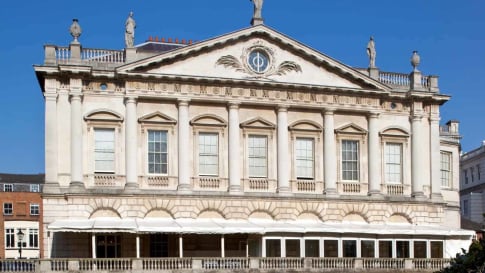
Georgian Style of Architecture: Definitive Guide for Seniors
Article to provide the senior couple or mature solo traveler with an appreciation of the influence of Georgian Architecture in Britain when on a small group educational tour.
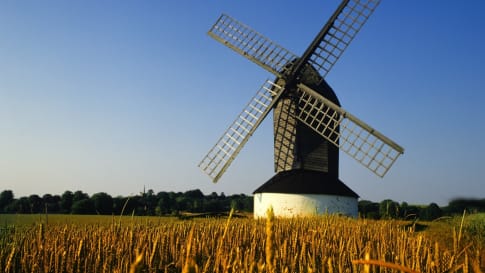
Industrious Revolution
Article for senior couples and mature solo travelers curious about the foundation for the Industrial revolution of Britain and Europe. Leads the reader to Scotland and the Derwent valley mills and to Manchester and Newcastle upon tyne in a period of great expansion.

Industrial Revolution. Britain's contribution to the world
Britain and the industrial revolution. A progressive period that spanned Queen Victoria's period. Small group package tours for mature and senior travellers explore this fascinating period of history across England and Scotland and key cities such as Manchester, Liverpool, Newcastle and Glasgow.
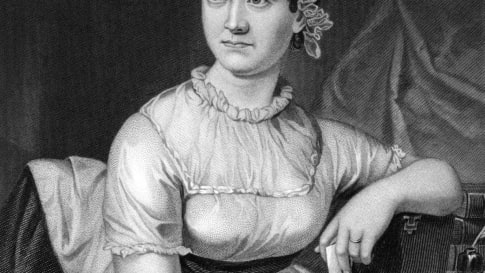
Jane Austen's music collection
Jane Austen liked to play the pianoforte often daily. An article sharing the music Miss Austen liked for senior couples and mature solo travelers interested in the literary and musical heritage of England from Shakespeare to Gilbert and Sullivan.
Yorkshire, England in the 17th-19th Centuries
Article to support escorted small group tours to Northern England for senior couples and mature solo travellers. Learn and explore not only about Yorkshire and walking the Wainwright, but Durham Newcastle, the romantics of the Lake district or the inspiration for English literature.


